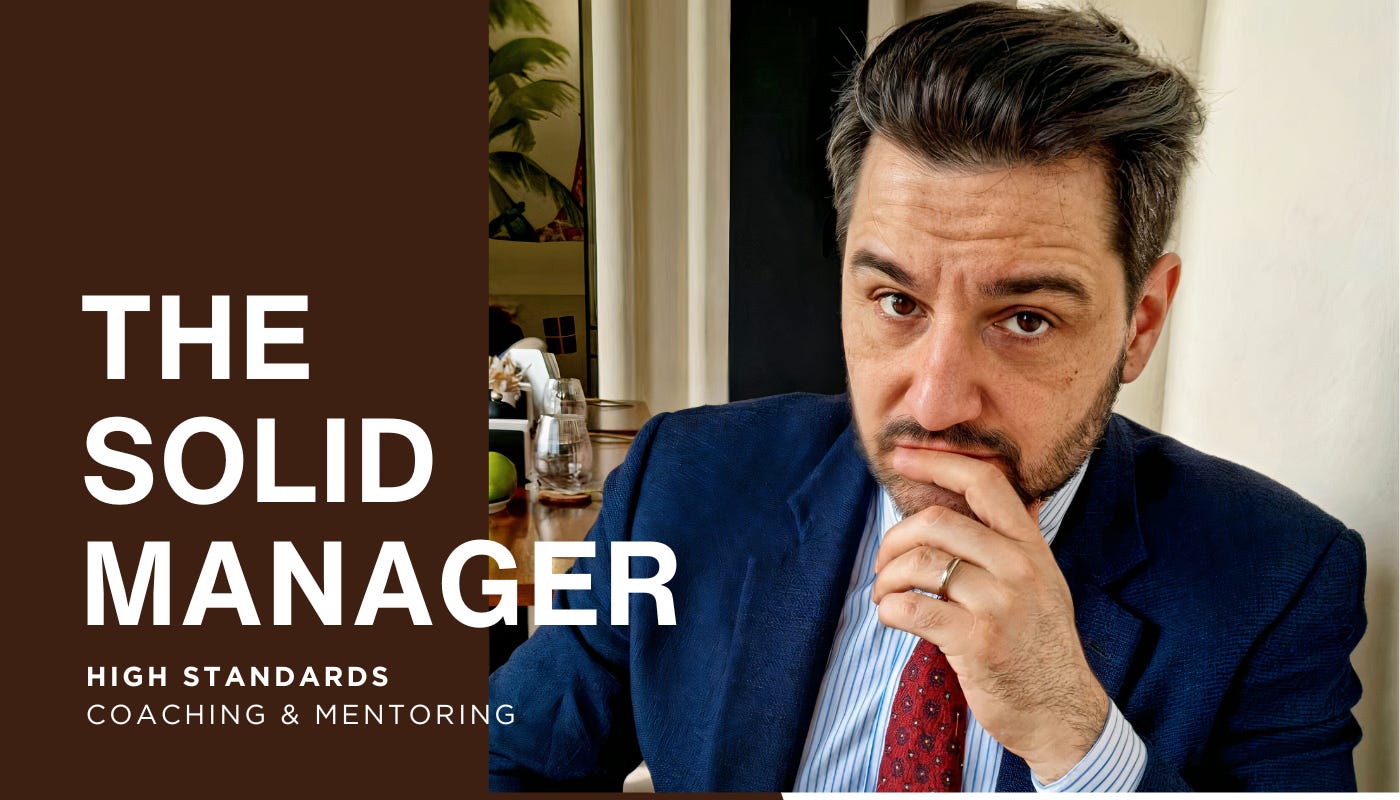Manager too lax: should HR intervene?
As an HR, it's always a challenge to know precisely when and how to intervenue. This article shows you the way.
Let's be honest, managers who are no longer effective, who avoid reprimanding their staff, or who allow problems to develop are not uncommon. And for you, as an HR professional, this is a familiar and delicate situation.
Should you intervene directly? Should you wait for the chain of command to take action? Or risk a local dysfunction undermining the collective dynamic? Behind the question lies a central issue: that of managerial strength.
In this article, I will help you decide, with an operational framework for determining when and how to intervene without replacing the role of the operational manager.
Overly permissive management: what are the warning signs?
You know exactly who I'm talking about: that "super cool" manager who prioritizes atmosphere over structure. Behind the good atmosphere, here are the signs to watch out for:
Decline in collective performance: you will sense it before you actually see it. Objectives are unclear, priorities change according to emergencies, and subordinates do not know exactly who is responsible for what. You will need to investigate to rationalize your approach, and the first person to talk to could be the manager's own N+1.
Latent complaints within the team: you hear employees asking for more clarity, and it is not uncommon to overhear comments such as "we never know what he expects" or "we do what we can."
Erasure of authority: to maintain a "cool" image, the manager in question avoids confrontation, does not impose sanctions, and never reprimands employees for deviant behavior.
What are the risks if HR does not intervene?
Letting things slide, hoping that the manager will correct themselves (which almost never happens), can have lasting consequences:
risk of dysfunction becoming entrenched : The longer laxity persists, the more it becomes accepted as inevitable, and deviant behavior becomes habitual. What could have been a simple adjustment then requires a profound internal cultural restructuring.,
damage to the credibility of the HR function: this is one of HR's worst nightmares. If teams perceive that "even HR sees and says nothing," the function loses its symbolic authority.
jeopardizing psychological safety: without structure, there is no safety. Unspoken issues accumulate, and latent tensions emerge in poorly channeled ways. This can create toxic team environments and even psychosocial risks (PSRs)..
Now that the scene is set, let's see how you, as HR, can remedy this situation.
How can you take action without discrediting the manager?
Let's be clear, intervening does not mean taking control. Here are three techniques for regulating without infantilizing:
1. structure a strategic meeting: note that this is not a managerial reprimand, but rather a "reframing." And you can only do this by stating facts and questioning the manager's managerial vision: "How do you currently ensure clarity of roles?" "What explicit rules do you enforce?" Here, the intervention of the manager's line manager is strongly recommended.
2. reestablish the collective managerial framework: on a more macro level, and to avoid making this an isolated or even personal issue, reiterate the common expectations in an internal communication: regular follow-ups, communication of objectives, fair treatment of discrepancies. I emphasize that this is about repositioning the requirements, not stigmatizing an individual.
3. offer targeted support: provide concrete support to managers without forcing them. Individual coaching or work on posture can help strengthen their ability to say no, arbitrate, and maintain boundaries without aggression.
When a manager lets everything slide, HR inaction is not neutrality.
It is an implicit stance. Structuring requirements, regulating without destroying, and restoring strength to the management line: this cannot be improvised.
This is precisely where professional coaching or a management masterclass can become powerful levers.
It's up to you to decide whether your organization needs to maintain... or strengthen its backbone.
To your Solidity,
Olivier KAMEL



